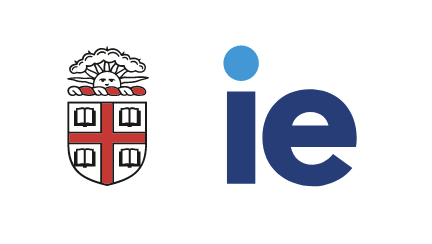Bright Bin
Efficient and sustainable waste management is a significant challenge in many parts of South Africa. The City of Cape Town, having grown by almost a million people since 2011 to reach 4.7 million in 2023, is no exception. One of the most difficult categories of waste to deal with is “Absorbent hygiene products” (AHP) - a broad category of products that includes nappies, sanitary pads, tampons, adult incontinence products and personal care wipes. This kind of post-consumer waste cannot be recycled and is usually disposed of either via landfill or through incineration[1].
In emerging countries like South Africa, used nappies and sanitary pads often never even reach landfills, leading to potential public health hazards and a drastic impact on the environment. In response, people in communities such as Langa are driving initiatives to reduce the negative impacts of such waste, sometimes with support from corporate stakeholders.
Bright Bin, supported by Kimberly-Clark, is a great example of such initiatives. Concerned with the potential impact of their products, Kimberly-Clark funded a research study in Cape Town aimed at identifying the best waste collection model for AHPs in such environments. The name “Bright Bin” was generated internally by the company along with the brand identity that was then applied to different materials. The pilot is implemented by Green Edge, a circular economy consultancy, and a local non-profit, LEAPS[2]. One of the approaches was to use street carts to collect as many AHPs as possible, specially from local creches and childcare centres with the buy-in from local Early Childhood Development Centres (ECDs) forums.
Following a year of research, Bright Bin collected a vast amount of used AHPs, but also of data as it rolled-out various models, including the street carts model. Funding from Kimberley Clark is, however, may come to an end. To remain in existence, Bright Bin will have to find alternative revenue streams.
Bright Bin and its partners, LEAPS & Green Edge, are keen to get insights from a Brown IE team to develop scenarios of financial viability and shape a future for the initiative. This could involve drafting documents marketing the organisation to potential future partners, the design of a business plan and a strategy.
The Brown IE team is not expected to find any funding, but rather to help develop design tools and develop realistic P&L scenarios.
Hugh Tyrrell from Green Edge and Brenda Skelenge from LEAPS have compiled additional information on Bright Bin in the attached folder: Link
[1] https://greenbestpractice.jrc.ec.europa.eu/node/131
[2] Not to be mistaken with LEAP, Maths & Science School, also active in Langa

